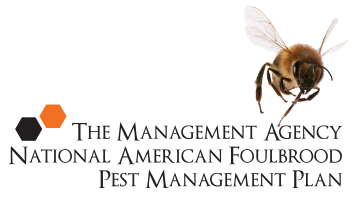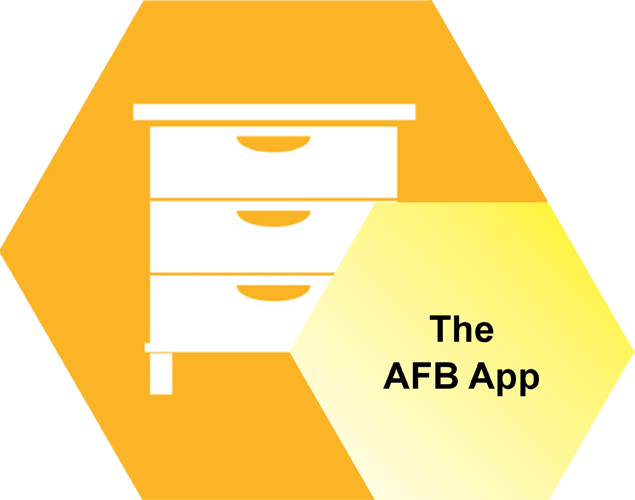Incidence of American foulbrood disease in New Zealand
First report of AFB
The first reliable report on the incidence of AFB in New Zealand was in 1947, when 74% of hives were inspected by government employees, and 1.7% were found to be infected with AFB. This was repeated in 1950 when 78% of the hives were inspected and 2.02% were found to be infected.
There were no reliable AFB disease statistics collected between 1950 and 1960. By 1961, however, the reported incidence of AFB had reduced to 0.23% of hives. The decline in disease levels during the 1950s may have been due to the move away from shook swarming (managing AFB), and the adoption of the practice of destroying diseased hives.
AFB on the increase
The percentage of beehives reported to be infected increased over the next 30 years, reaching a peak of 1.2% in 1990. During this time the New Zealand Government ran and paid for the AFB disease control programme. In 1991 most government funding was removed and the NBA instituted its own AFB control programme.
Support and education for beekeepers introduced
The programme included the inspection of approximately 4% of the nation’s apiaries by government inspectors, voluntary inspections carried out by NBA branches (called “diseaseathons”), the counselling of beekeepers with AFB problems, a research programme elucidating the factors contributing to the spread of AFB and an extensive education programme.
Reported AFB cases decreasing
During the seven years the programme was in existence, the reported incidence of the disease decreased by an average of 12% per annum, reaching a low of 0.38% in 1998, the last year of the programme. Since then, reported disease levels have fluctuated between 0.31 and 0.26%.
New Zealand is fortunate to have detailed statistics on AFB incidence. The data is based both on beekeeper reports of AFB findings in their hives (including an annual disease declaration by every beekeeper every year), and on reports by trained inspectors. The data has been collected over a number of years. Very few other countries have comparable data. The New Zealand statistics therefore provide useful information on the spread of AFB in a beekeeping industry that does not use antibiotic drugs to control the disease.
Although New Zealand’s AFB disease statistics are more comprehensive than most, the information must still be treated with caution as it relies heavily on information provided by beekeepers. Even though it was a statutory requirement in New Zealand for beekeepers to report diseased colonies:
- not all beehives were inspected
- not all AFB infections were detected in those beehives that were inspected
- not all cases of AFB were reported when found.
New Zealand’s AFB statistics are therefore an underestimate of the actual disease levels. However, the trends in disease levels are probably reliable. As the Government and NBA inspection programmes were targeted towards locations where inspectors thought there might be diseased hives, the AFB statistics generated from the programmes cannot be used to determine AFB levels in New Zealand. However, it is significant that when reported disease levels were increasing up to 1990, the inspectors also found increasing numbers of hives with AFB. The converse was also true after 1990 when reported AFB levels were decreasing.
Take the AFB 5 minute quiz
How well do you know what you need to know about AFB and beekeeping? Take our short quiz and find out.
Videos
Our videos cover everything from your legal obligations to how to recognise AFB, collecting cell and bee samples and more.
Symptoms
There’s a lot of good information here, telling you everything you need to know about recognising AFB: the visual symptoms, smell of AFB and more.
Inspection and Diagnosis
Successfully eliminate AFB by telling the difference between symptoms of AFB and other brood diseases in the hive. We tell you the best methods for inspecting your hives.
The Law
New Zealand beekeepers have a number of legal obligations that must be met regarding AFB disease. Read the shortened list in summary, here.
Elimination
Most hives become infected because bees, honey or equipment have been put into a hive from another hive that is infected with AFB. Lower your chances of an AFB infection by reading this section.
AFB Recognition Course Info
Find out when the next AFB Recognition and Competency Courses, or Refresher Courses are available. These are held throughout the year in various New Zealand locations across the South Island and North Island.
The AFB App
Follow the link below to open the App. Once open to save to your device you need to bookmark the URL on your phone so you can find it easily again. Please click here to open.









